|
Dear B It is interesting that those who were illiterate - such as Hui Neng - could have the essence of mind development conveyed to them by simply studying the "shape" (form) of the Trigrams and Hexagrams. Of course, Master Cao develops this idea through his shaded roundels. Indeed, it could well be that the roundels of the Caodong School eventually led to the development of the Taiji Tu [太極圖] (Yin-Yang Symbol) that was developed during the latter Song Dynasty. Either way - the "beyond words" teaching - may have had its root in illiteracy - as the historical Buddha could not read or write - as astonishing as that seems!
0 Comments
I apprenticed with Richard Hunn (1949-2006) for sixteen years - and it was from his expert guidance that I learned to read traditional and simplified Chinese script! As for the ethnic Chinese side of my family - I learned an old form of the Hakka language mixed with Hong Kong Cantonese - but I did not learn Chinese ideograms (other than a handful marking key Chinese philosophical terms). I mostly learned the 'pinyin' of Mainland China as this overlapped with my Western (British) education! Richard Hunn was not only a leading British Sinologist who had been accepted within the ethnic Chinese community - he had also studied with (and inherited) a legitimate Ch'an lineage under an ethnic Chinese teacher - Charles Luk (1898-1978)! In 1991, Richard Hunn took the decision to permanently relocate to Kyoto, Japan, to embark upon a commisioned study programme designed to research the Chinese Ch'an Buddhist roots of Zen Buddhism in Japan! Kyoto is an ancient city that was spared Allied blanket-bombing during WWII and still possessed ancient 'Chinese' Ch'an temples tucked between typical Japanese Zen Buddhist temples, whilst in the remote hills surrounding Kyoto, there still existed Japanese martial arts Masters who lived in rustic huts (usually with a single disciple), who practiced, preserved and passed on Chinese martial traditions that did not receive the usual Japanese government financial, cultural or political support due to their refusal to adopt the coloured-belt system of Judo - and make an official proclamation denouncing their 'Chinese' heritage. These old Masters usually survived through the kindness of rich patrons. Richard Hunn, however, was permitted a number of interviews with some of these Masters who described the history of the martial and medicinal lineages they upheld! All this stems from the fact the Japanese convention is to 'separate' lineages - whilst the Chinese tendency is to 'integrate'! In Japan, 'Soto' and 'Rinzai' are presented as unrelated Buddhist traditions - whilst in China - 'Caodong' (Soto) Masters readily resorted to all kinds of methods to free the minds of their students (including the hua tou and gongan), whilst a number of Linji (Rinzai) Masters allowed their disciples to 'sit quietly' and contemplate the empty essence of their minds! Part of this issue can be traced to the dynamics of the transmission process. Zen Master Dogen [道元 - Dao Yuan] (1200-1253), for instance, was an 'enlightened' Rinzai Master before he set-off to Japan during 1223! (His name literally translates as 'Way Origin' - or 'Emergence of Perfect Order' - and is probably related to the Confucian concept of 'Li' [禮]. That which is good but 'invisible' - through correct thought and virtuous action - is made 'visible'). When he arrived, he found his understanding was deficient (even amongst the Linji Sects), and was completely exposed when communicating with the Caodong Masters! What is presented below are a few pages of the book entitled 'Dogen's Formative Years in China - An Historical Study and Annotated Translation of the Hokyo-Ki' By Takashi James Kodera, Routledge, 1980, Pages 26-35. None of the above or following scholarship is included in this book. However, as it is my function is to facilitate the further transmission of authentic Chinese Ch'an into the West - this extra data is provided to empower the general reader to a greater degree, so that they may possess a deeper appreciation of the subject matter at hand from a Chinese language perspective, given that Takashi James Kodera has done such a good job at presenting the Japanese cultural perspective. The term pronounced 'Hokyo-Ki' in the Japanese language is written using the following Chinese ideograms:
a) 宝 (Bao) = Ho - Precious, Treasure and Cherish b) 庆 (Qing) = Kyo Virtue, Auspicious and Congratulate c) 记' (Ji) = Ki Record, Chronical and Notes Therefore, Hokyo-Ji = Baoqing-Ji (宝庆记)! Dogen studied in China between 1223-1227 CE - which was the time of the Southern Song Dynasty (1127-1279 CE). Emperor 'Lizong' (理宗) reigned between 1224-1264 CE. Dogen named this book after the first 'Era' of Lizong's reign which was termed 'Baoqing' (宝庆) - named after a house the emperor particularly favoured (a house of 'Cherished Virtue'). The ''Baoqing' (宝庆) Era measured three years of chronological time: 1) 1225 - Stem and Branch 'Yiyou' (乙酉) 2) 1226 - Stem and Branch 'Bingxu' (丙戌 3) 1227 - Stem and Branch 'Dinghai' (丁亥) Dogen's text then, purports to record in writing the details of the experiences he encountered whilst traversing the Zhejiang area of East China, and the information he gathered for the years '1225'. '1226' and ''1227'. This is a significant observation as this book omits the first years of '1223' and '1224' of Dogen's visit to China and instead focuses upon his interaction with the Caodong Ch'an teacher - Master 'Tiantong Rujing' (1163-1228). Therefore, the Baoqing Record (宝庆记) is a manual of all the dialogues and interactions that occurred between Dogen and Master Rujing! It is the fruit of this communication through which Dogen attained to a genuine understanding of the empty essence of his mind! This is a remarkable outcome considering that when he first made port in Zhejiang - the Chinese Authorities required that he stay on his ship for three months whilst a question regarding his Buddhist Ordination was clarified (as his Entry Visa was dependent upon his credentials as a fully Ordained Buddhist monastic). Although he had taken the Bodhisattva Vows - he had not yet taken the Vinaya Discipline Vows - a situation which was eventually rectified and he was granted entry! This is quoted from the (1973) book entitled 'Zen Art For Meditation' by Stewart W Holmes and Chimyo Horjoka (Pages 109-111). This is a classic piece of US Cold War agitation and propaganda aimed at removing the history of 'China' from the record books. Interestingly, the US (Eurocentric) racism and Japanese (Ultra-Nationalist) racism overlap to an incredible degree - both flawlessly dovetailing to co-operate in removing the machinations of genuine Chinese Ch'an history from being observed by the average Western mind. The reference for the above piece is from the work of Alan Watts and DT Suzuki - both 'frauds' and the latter a untried Japanese War Criminal. The 'British' Alan Watts travelled around the US giving highly popular 'anti-intellectual' lectures that appealed to the American sense of inflated self-interest whilst terming this Eurocentric and racist interpretation of Asian spiritual culture as 'Zen'. DT Suzuki came from a long line of Japanese fascists who served the Japanese government and its requirement to indoctrinate and brain-wash the Japanese population into mindlessly following orders as part of the Imperial Japanese Military! DT Suzuki influenced Alan Watts (and his fellow Britton Christmas Humphreys) by falsely claiming that true 'Zen' has nothing to do with the Buddhist morality contained within the Vinaya Discipline (which forbids 'killing' in word, deed or thought)! Japanese militarism, on the contrary, demanded that this moral barrier was firmly removed from the highly moral Buddhism - and people like DT Suzuki was the man to do it! He taught entire generations of Japanese youth to inherently hate 'Westerners' and the 'Chinese' as both being examples of inferior races as part of their military training! Indeed, the Chinese Ch'an Buddhist - Master Xu Yun (1840-1959) - who witnessed the Japanese atrocities in China first-hand, was of the opinion that their barbarism and inhumanity stemmed from a corrupt generation of Japanese Buddhist clerics who refused to acknowledge or follow the Vinaya Discipline! Between 1931-1945, the Japanese Imperial Army, (Airforce and Navy) killed around 60 million men, women and children throughout Asia (with a large proportion of these deaths being within China). Despite China being a staunch ally of the West during WWII, China was 'excluded' from the all 'White' panel of Judges at Nuremberg - with the Japanese atrocities committed in China played-down by Western commentators. As the US-backed Nationalist government was forced to flee to Taiwan in the wake of the success of the Socialist Revolution of 1949, the US adopted a policy of immediately rehabilitating Japanese militarism and racist nationalism - dressing it up in the false garb of 'defending' democracy from the threat of Chinese Communism. The US followed exactly the same policy of rehabilitating entire regiments of Nazi Germans in Europe - switching Hitler for 'liberal democracy'! The US made use of the anti-Socialist aspect of fascist ideology and created a political climate where the Japanese nation did not have to acknowledge its extensive crimes in China, or make any amends for these crimes. The US restructured Japan so that Chinese Buddhism was falsely presented as a) corrupt, and b) having 'died-out' centuries ago! This racist lunacy was further strengthened with the equally laughable claim (still found in US and Japanese academia) that 'Zen' only exists in Japan! The Japanese nation has corrupted 'Zen' for so long that it is in no way the representative of Chinese Ch'an! Such an absurd idea has its roots deep within US and Japanese racism! DT Suzuki taught (in pre-WWII Japan) that the Zen of 'Killing' an enemy soldier was a simple as 'breathing-in and breathing-out'! Master Xu Yun - a representative of the Chinese Ch'an tradition that US and Japanese racism falsely state 'does not exist' - taught (by way of comparison) that a Ch'an practitioner should 'not kill - or cause to kill'! And yet US anti-intellectualism views militaristic Japan as the keeper of the peace and peaceful China as the perpetuators of war! Finally, the author Stephen W Holmes was a 'Officer' in the 'Cambridge Buddhist Association (which had DT Suzuki as its founding President)! Chimyo Horjoka took over as 'President' of the above entity with the death of DT Suzuki in 1966 and by 1973 had held that post 7 years, whose broader academic career was in fine arts in the US. Neither one possessed the insight (or 'courage') to expose the anti-China narrative generated by the US post-1945, and indeed, colluded in this book to perpetuate in by writing China 'out of history!' I suspect that Cambridge University will be as embarrassed by its siding with a Japanese War Criminal and US anti-China racism - just as Oxford University's Buddhist Society will live to regret its mindless support for the equally 'racist' 'Pro-Tibetan Movement' - yet another manifestation of US anti-China racism! In the meantime, Bodhidharma conveyed the Indian School of 'Dhyana' Buddhism to China - where it became known as 'Ch'an.' Bodhidharma never visited Japan and so was not the 'founder of the Zen sect.' The modern Japanese government, in its zeal to wipe-out its historical associations with ancient China, mentions (on one of its governmental websites) the lie that 'Zen' came from India to Japan! Although it is often assumed that Ch'an spread to Japan from China during the 12th and 13th centuries (at the time of the Song Dynasty), there is also some evidence that the renowned Japanese Shingon Master 'Kukai' (空海 - Kong Hai) or 'Empty Ocean' (774-835) - was also taught 'Ch'an' and the 'Tea Ceremony' (茶流 - Cha Dao) whilst studying in China (between 804-806 during the Tang Dynasty - staying in temples in and around Chang'an! An English version of this narrative can be found in the work of William Scott Wilson. Chinese language sources suggest that Kukai also studied Sanskrit and insisted on checking that the Buddhist practices in China and Japan were extant in Indian Buddhist Sutra sources. Kukai, writing in the 9th century, confirmed that the Indian transmission of the Dharma to China was 'pure' and 'intact'! Killing the Dharma is killing the truth and this is exactly what posy-WWII US and Japanese policy has attempted to do. This can be countered by upholding the very Vinaya Discipline the contemporary Japanese people have rejected and the ancient Japanese people upheld! The ignorant Americans, however, have yet to uphold the Vinaya Discipline in any of its guises...
|
Archives
March 2024
Categories
All
|
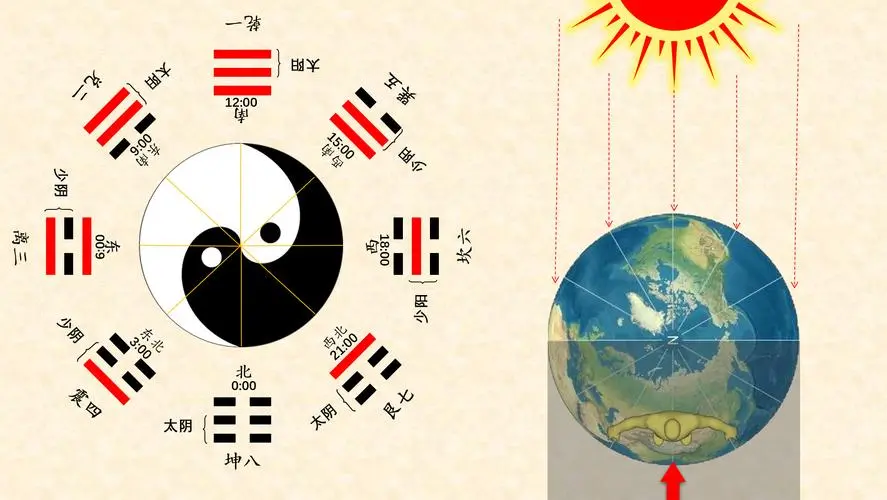
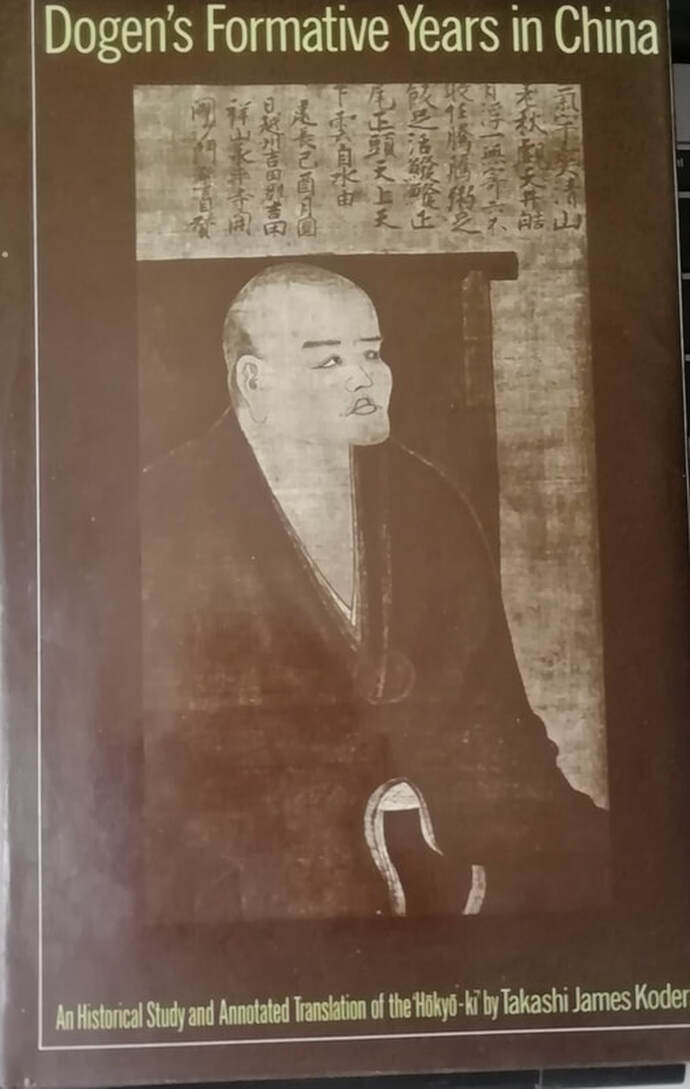
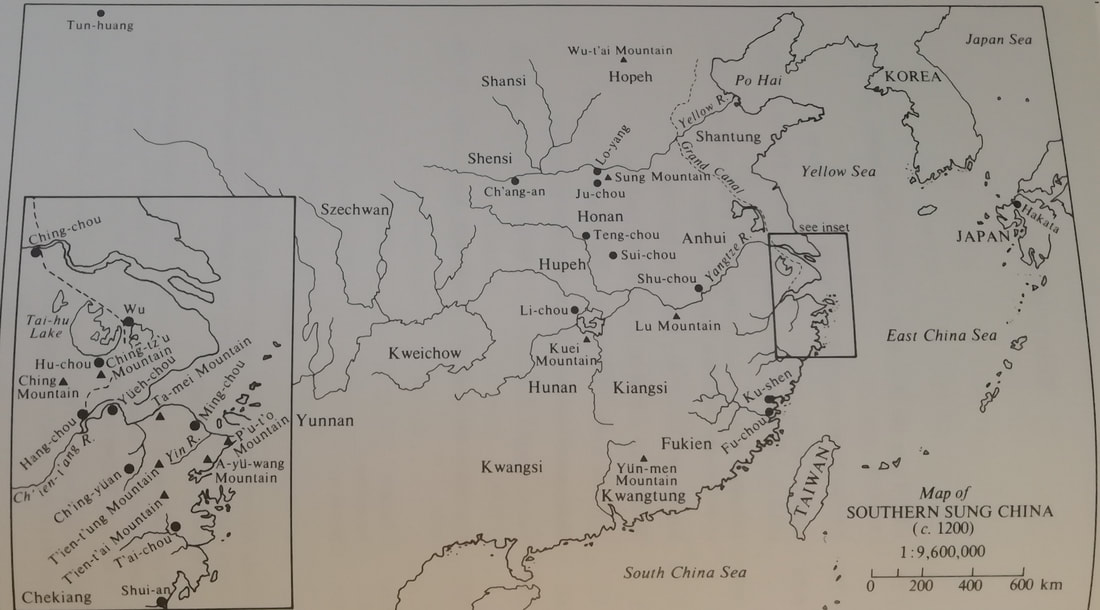
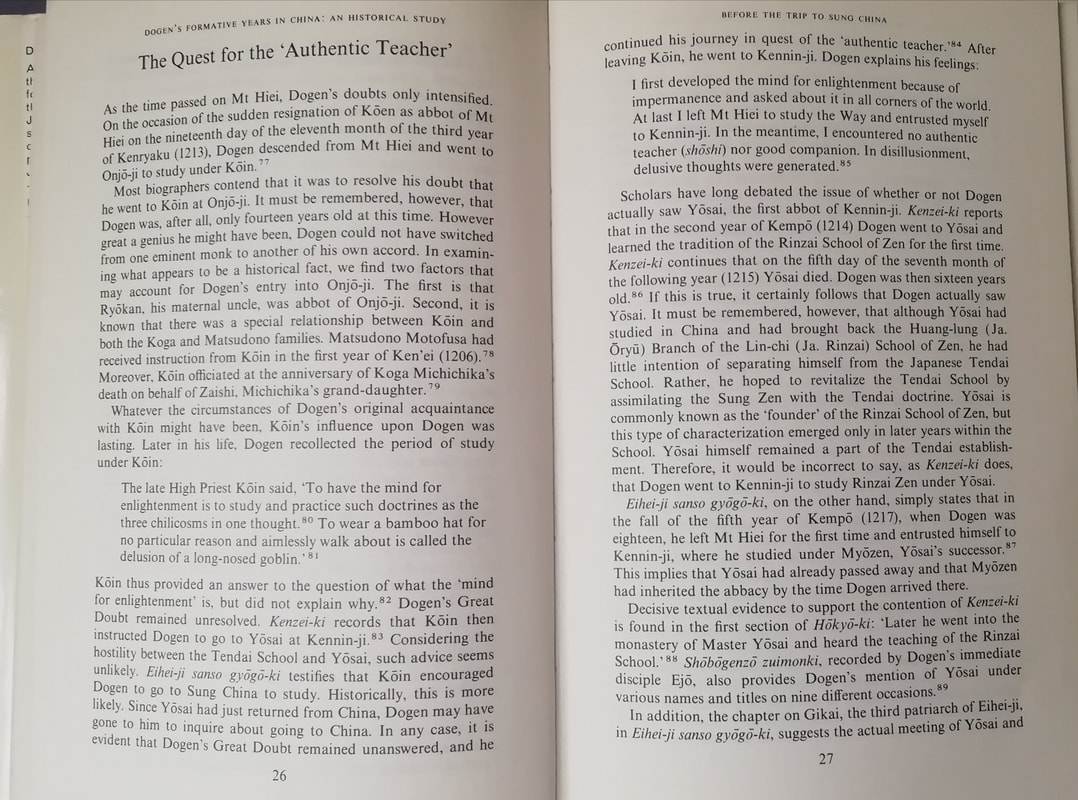
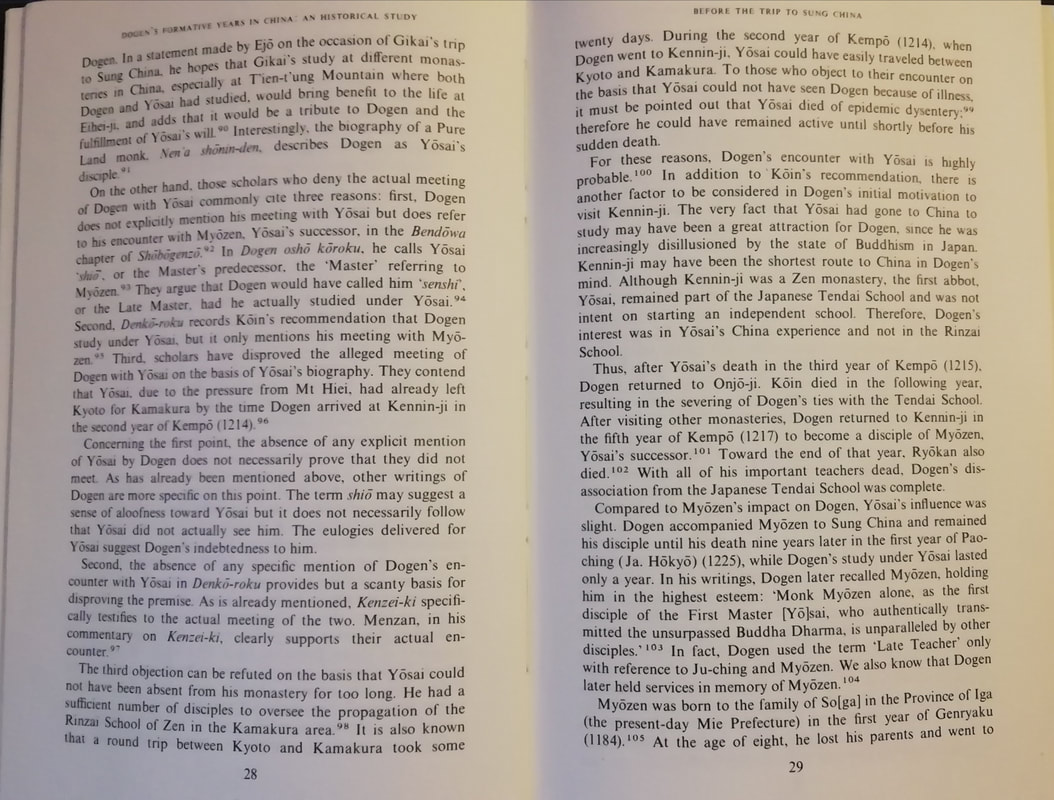
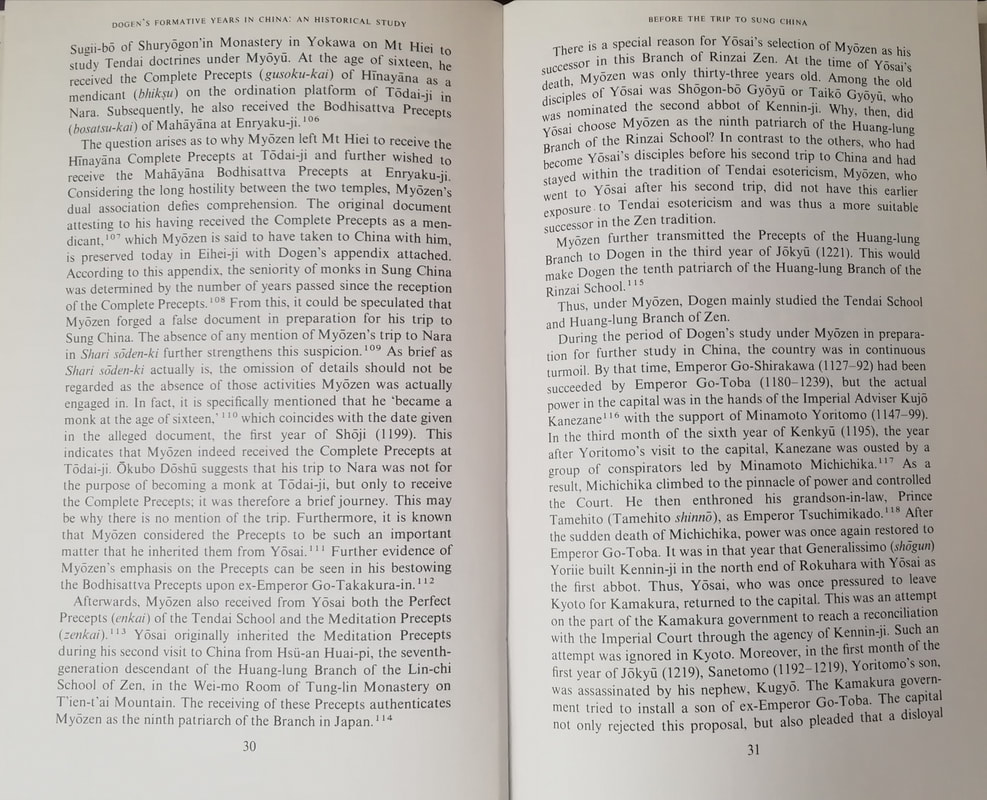
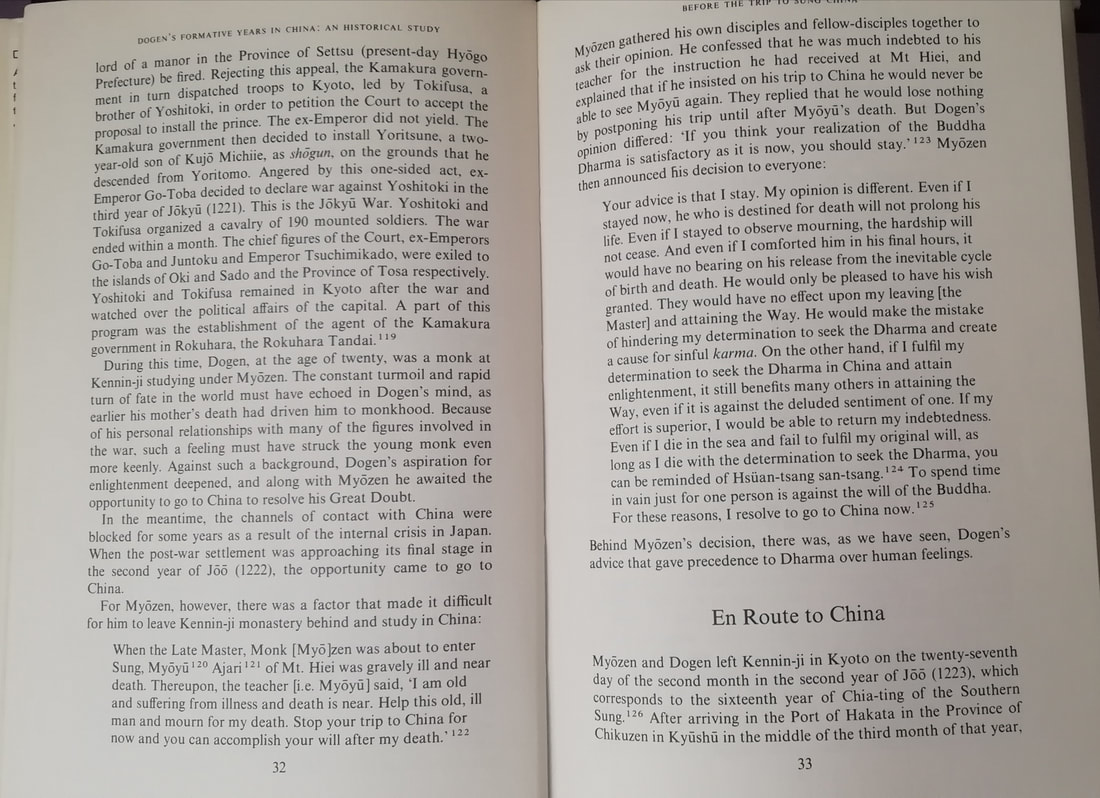
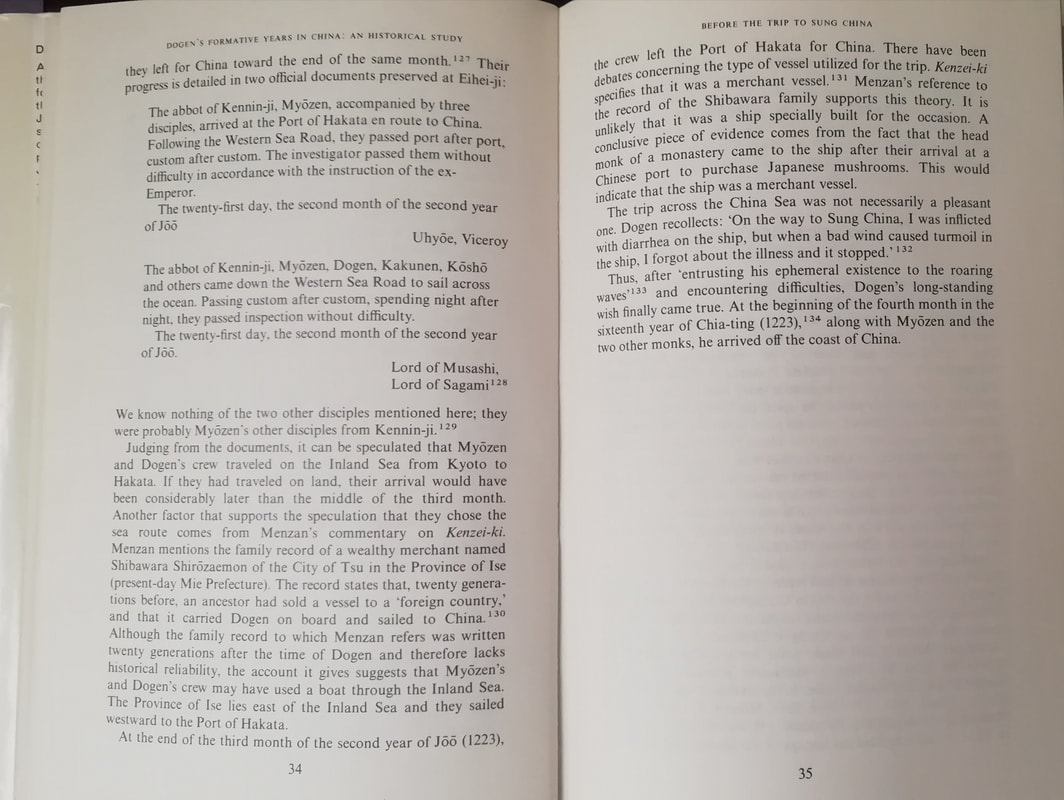
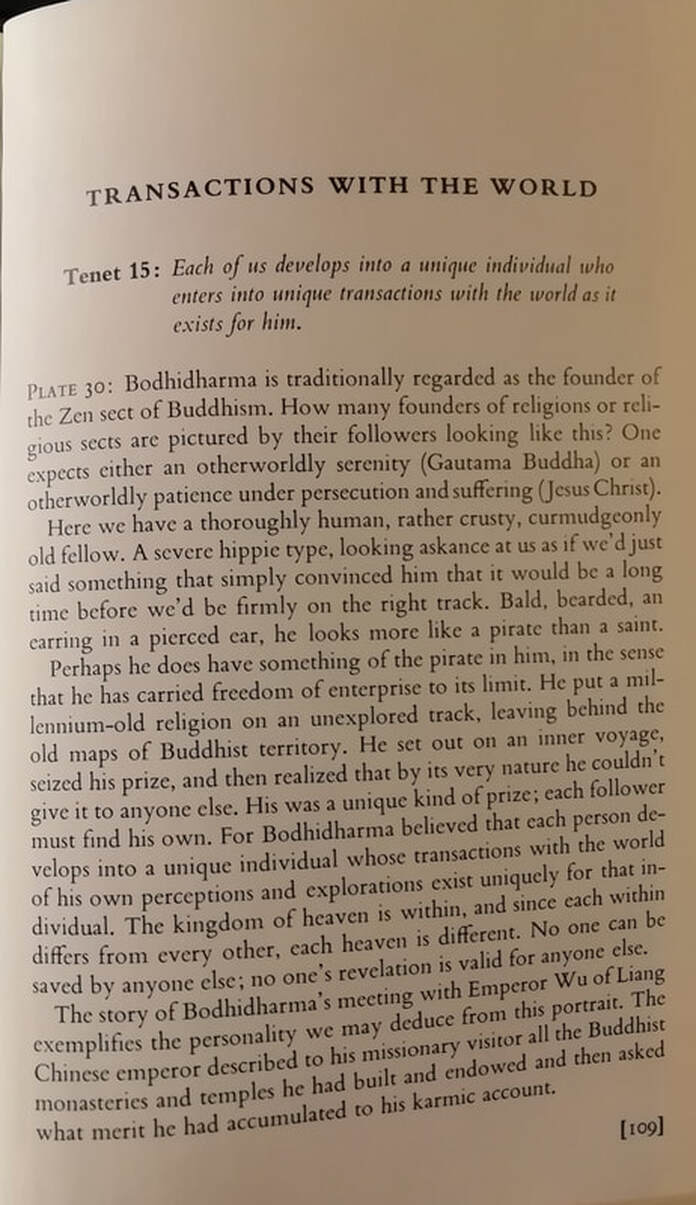
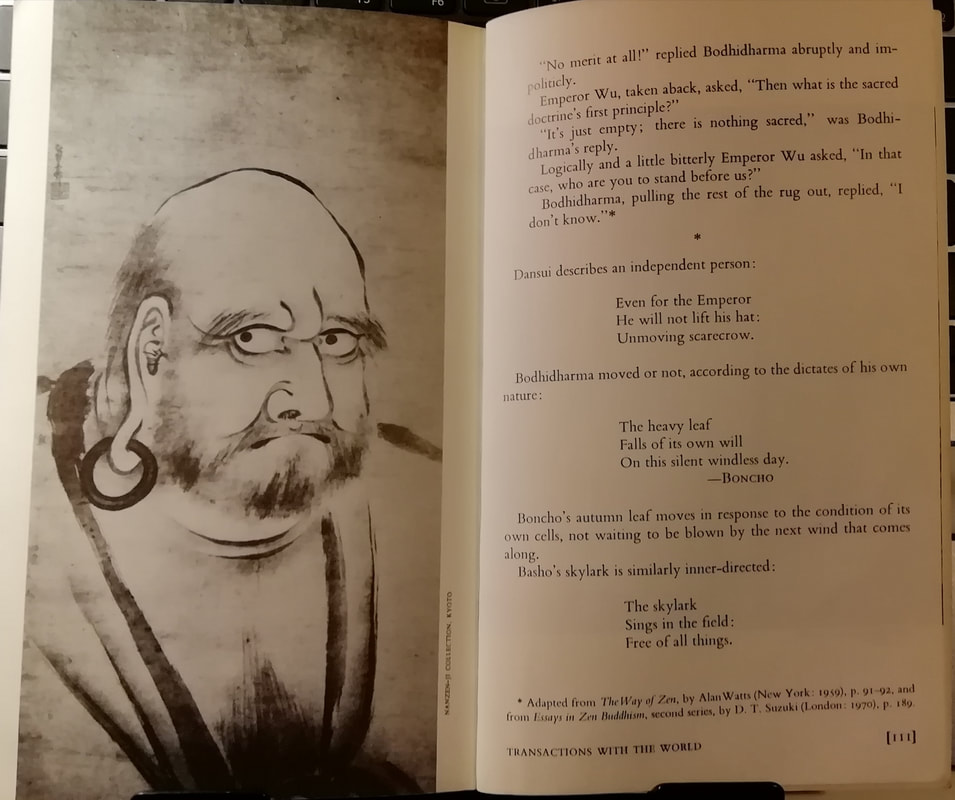
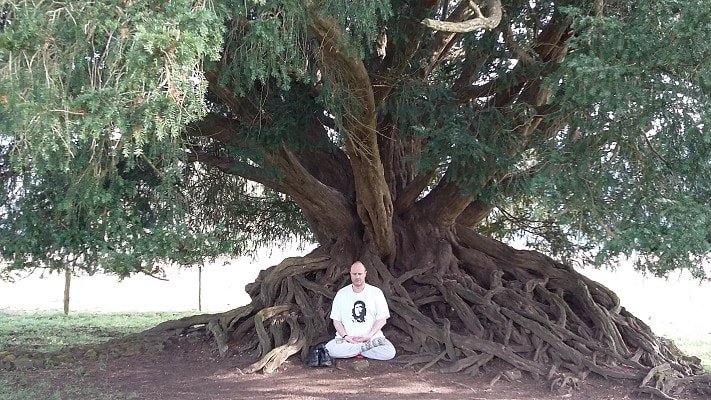
 RSS Feed
RSS Feed